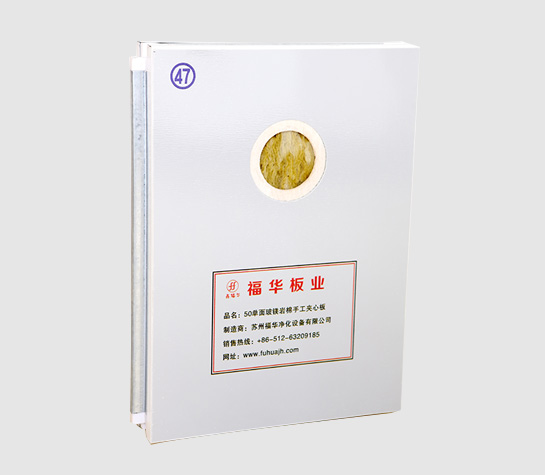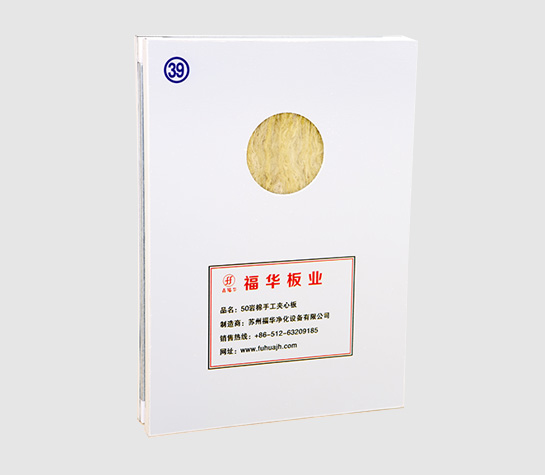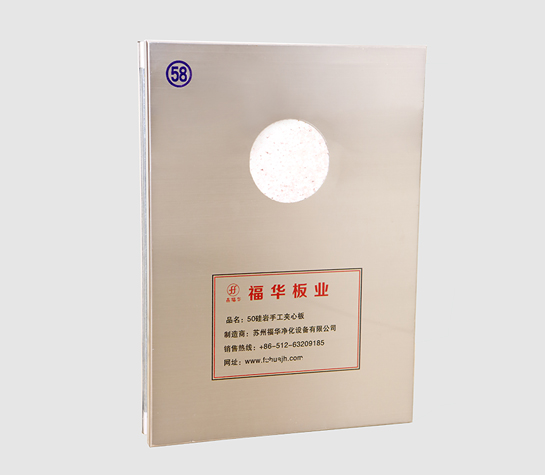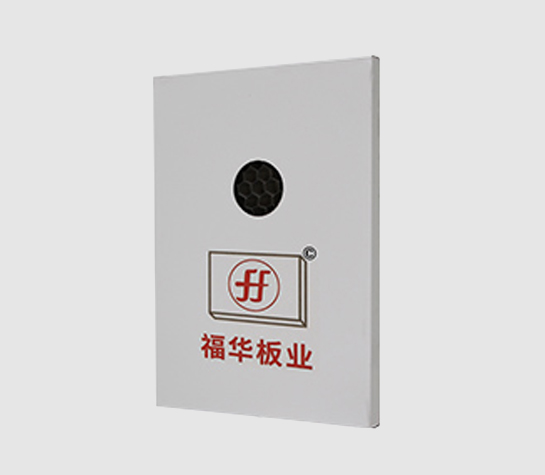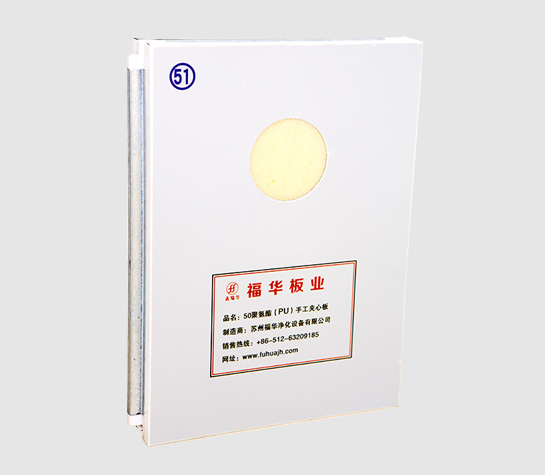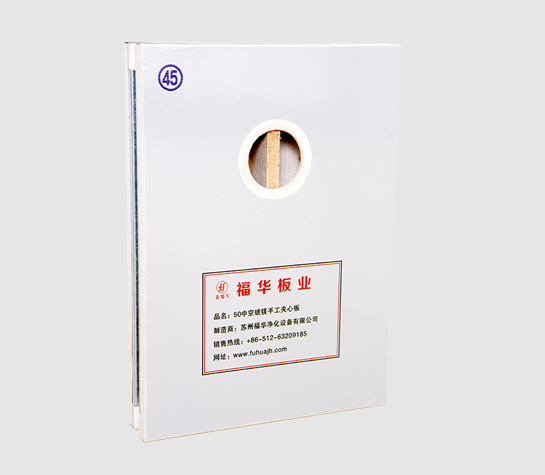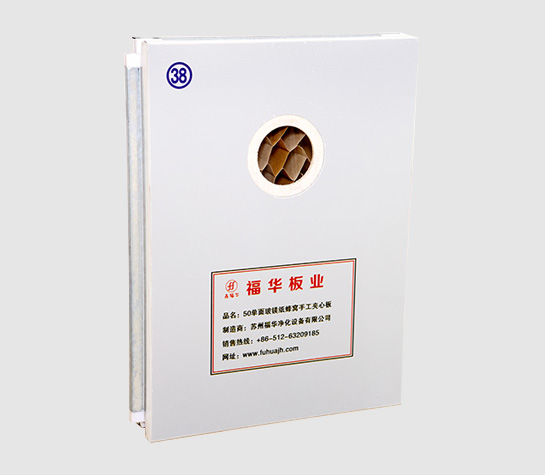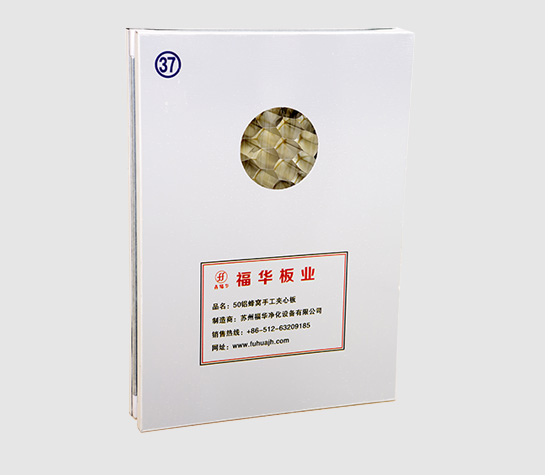Do you know the basics of sandwich panels?
The sandwich panel product is composed of two-layer molded metal panels (or other material panels) and a polymer thermal insulation core that is foamed and matured directly in the middle of the panel.
Material definition:
It is a board made by gluing a higher-strength surface material and a core material with a lighter bulk density and lower strength. Sandwich board
Materials used:
1. Surface materials: Common surface materials are plywood, fiberboard, plastic board and metal sheet.
2. Core material: The core materials are balsa wood, rubber, cellulose acetate, plastic, paper or cloth impregnated with resin (or not impregnated), and metal honeycomb structure materials.
advantage: The main advantages are:
①The specific strength of the plate is high.
②The core material is cheap and the dosage is large, and the surface material is expensive but the dosage is small, so the production cost of this product is lower. ③Reasonable selection and matching of surface and core materials can effectively meet the pre-designed sheet performance requirements. For example, metal cladding is used to improve the fire and water resistance of the board, and decorative board or plastic sheet is selected as the surface layer to improve its decorative effect, etc.
development path: The board was successfully studied by the United States in the late 1960s. At that time, it was mainly used for aircraft manufacturing, and then gradually expanded to architectural decorations such as partitions, door leaves, floors, and furniture components, refrigerator shells, etc. Subsequently, some countries have also successively produced it, so its use range is expanding day by day, and it is an important lightweight and high-strength material. The most commonly used in China is the paper honeycomb structure sandwich panel, referred to as paper honeycomb panel.
Core material preparation: The core material is a honeycomb cell structure material with a certain size. Usually the kraft paper is applied one-sidedly with special glue coating equipment one by one, and the glued parts on the adjacent layers of paper are staggered by half the distance between the two glue strips. The width of the glue line is the length of one side of the regular hexagon . The paper is laminated and glued to form a stack, then cut into a certain width (that is, the thickness of the honeycomb core) with a guillotine, and then heated to solidify the glue, and the two ends are pulled apart to form a hexagonal honeycomb structure. If you adjust the gluing position and width of the adjacent layers of kraft paper, other structural shapes can also be obtained . In order to improve the strength, water resistance and corrosion resistance of the paper honeycomb structure, the paper can be treated with a phenolic resin, and the amount is 15% of the paper. If the amount exceeds this amount, the economic benefits will be poor.
Material glue: The surface material is selected according to the needs of the product. Fiberboard is commonly used for wall panels, roof panels and door leaves of mobile homes; plywood or veneer is mostly used for cabinet furniture. When the surface material and the core material are glued, the core is generally placed in the wooden frame. The thickness of the wooden frame is the same as the thickness of the core material, and the upper and lower core materials are covered with a glued surface board. The type of glue used depends on the surface material. If the surface layer is wood material, either urea-formaldehyde glue or phenol-formaldehyde glue can be used. Then hot press, the pressure used should not be too high, otherwise, the core material will be compressed and deformed or displayed on the veneer, usually 0.2 to 0.3 MPa. The glued honeycomb panel is finished after being edge-aligned, planed, perforated at the edge (breathable) and surface treatment.
Suzhou Fuhua Purification Equipment Co., Ltd. Professional China Sandwich Panels Suppliers

 English
English Español
Español

